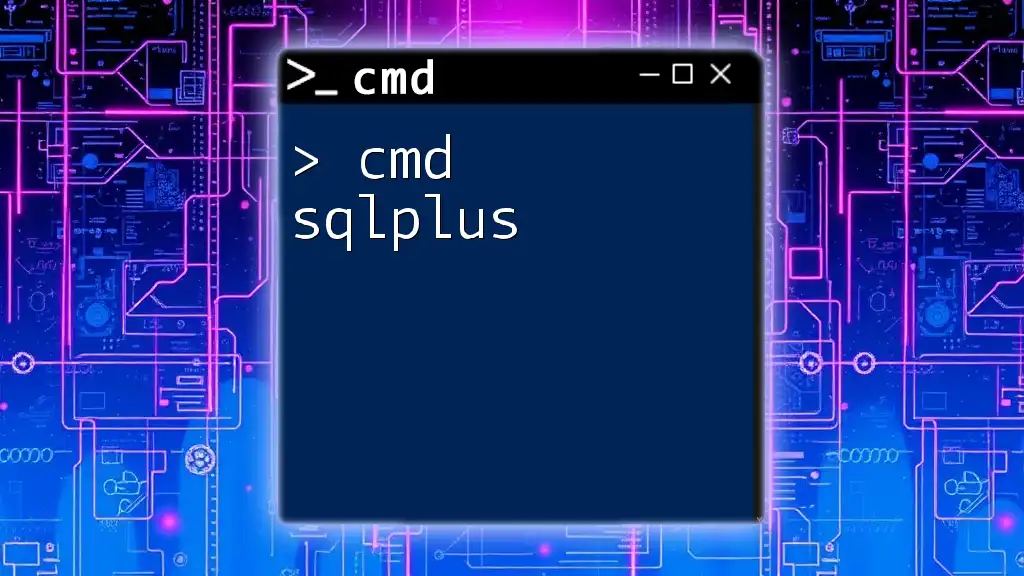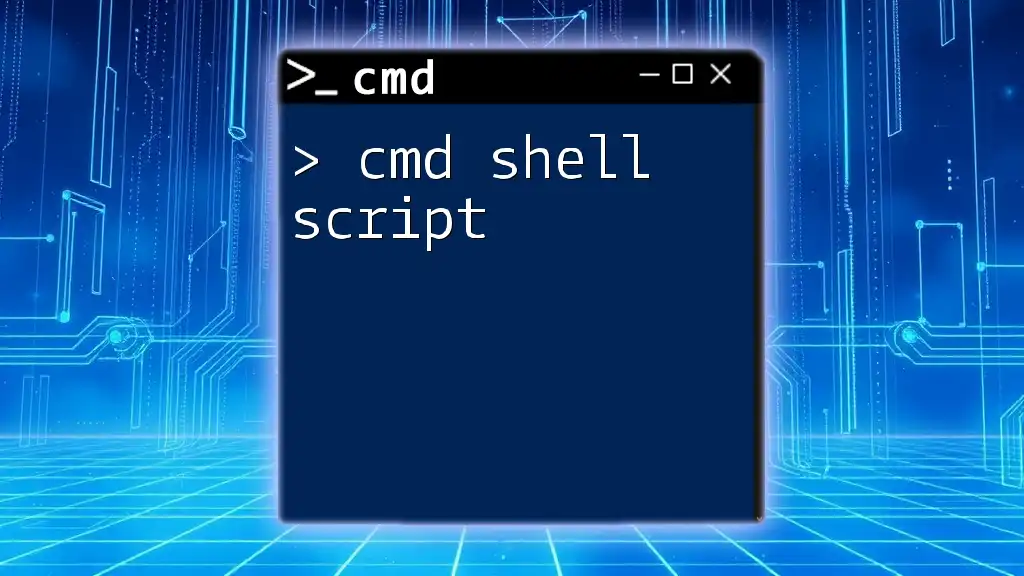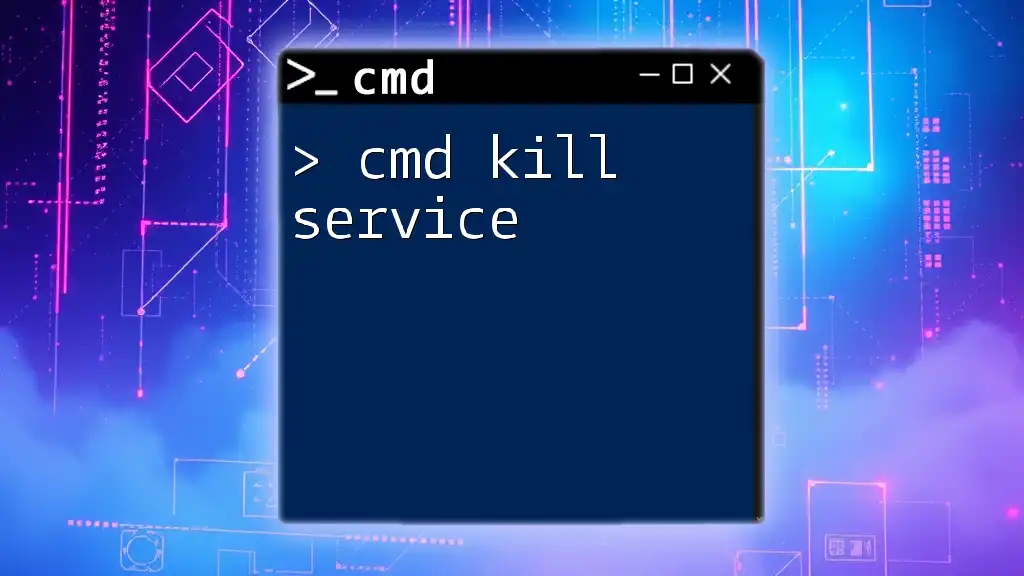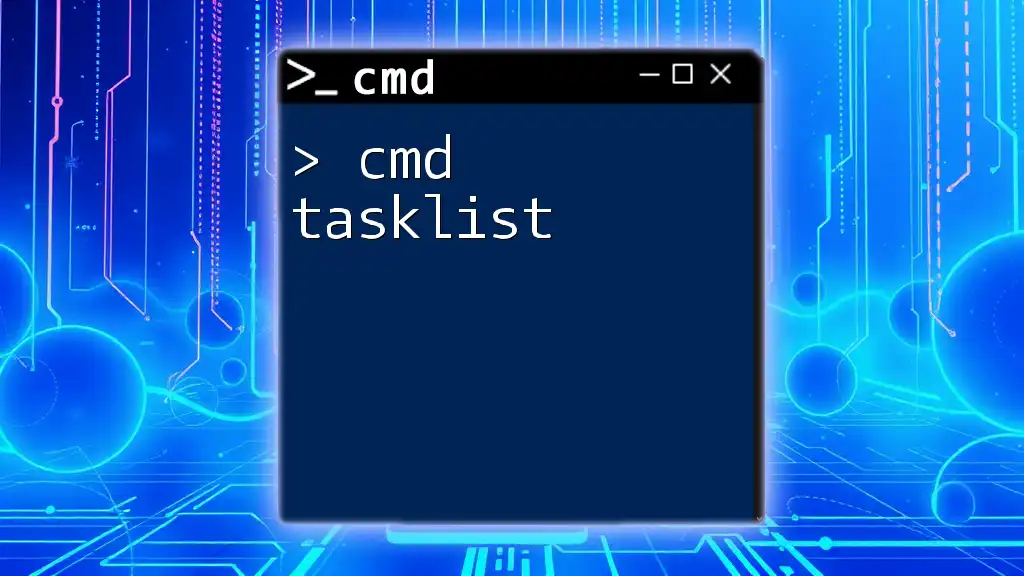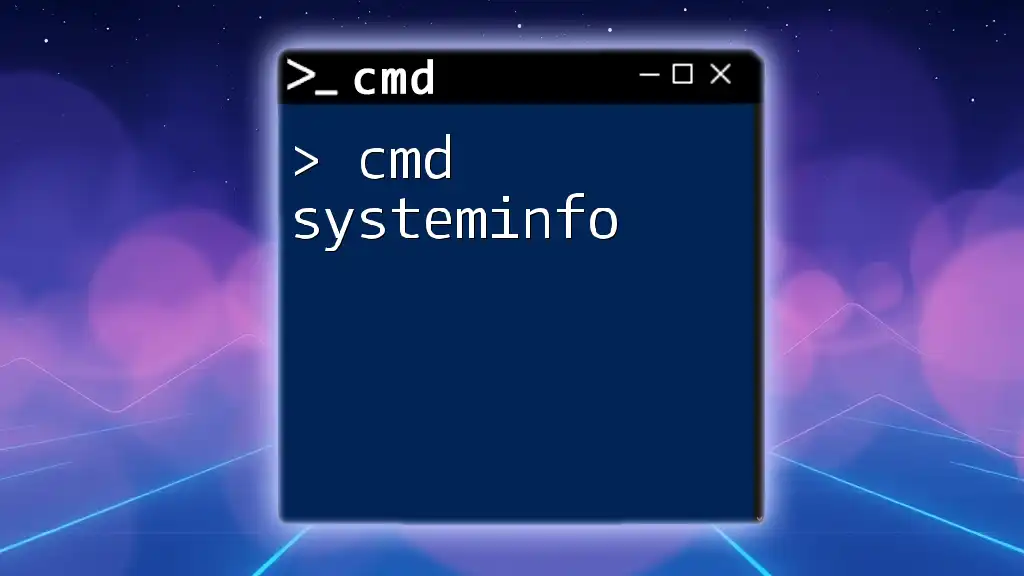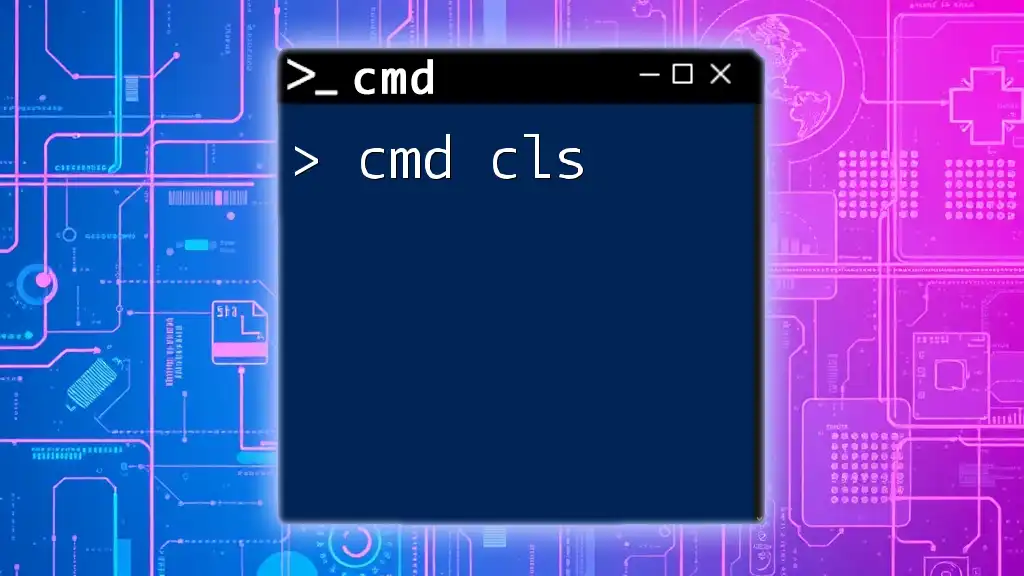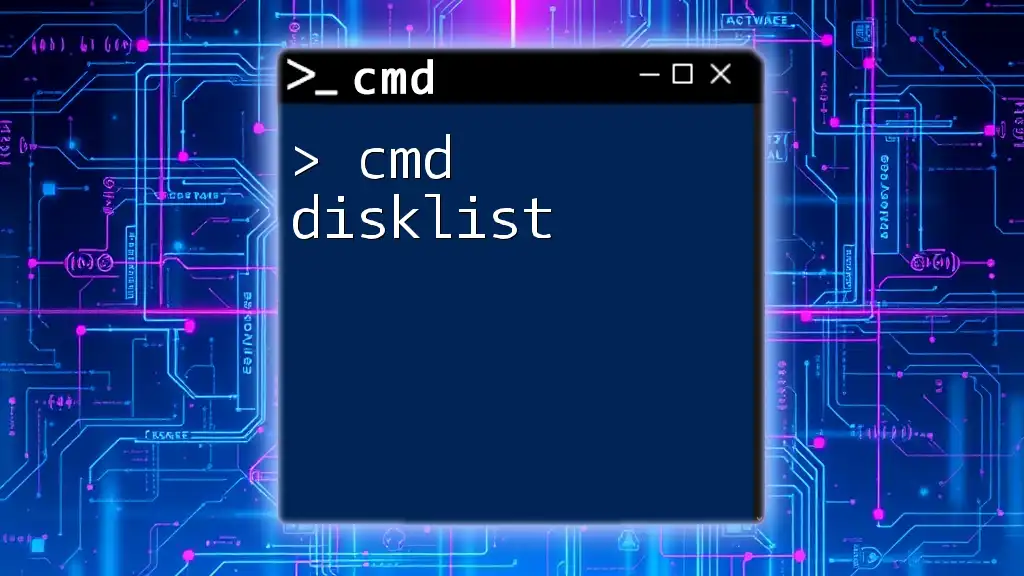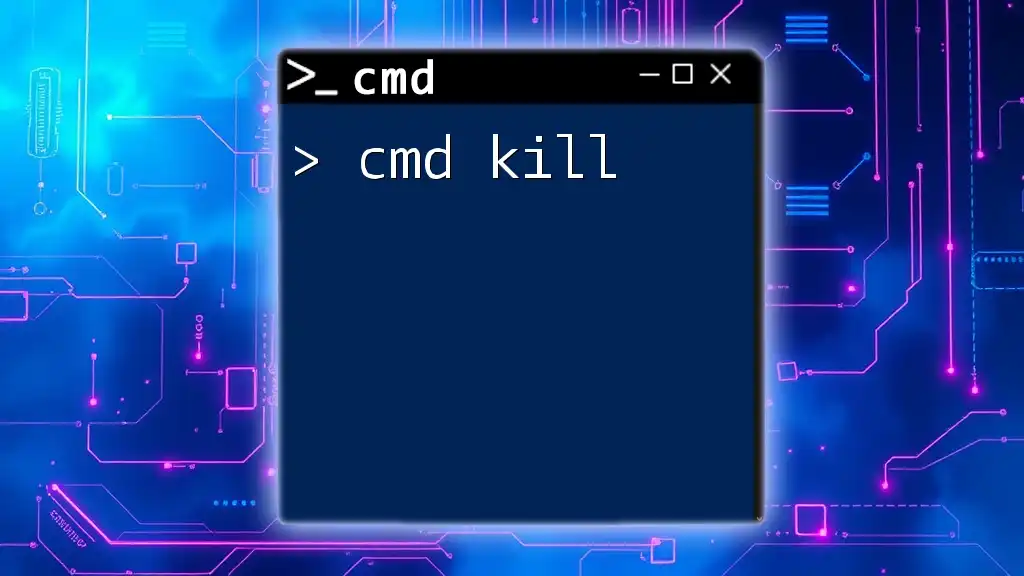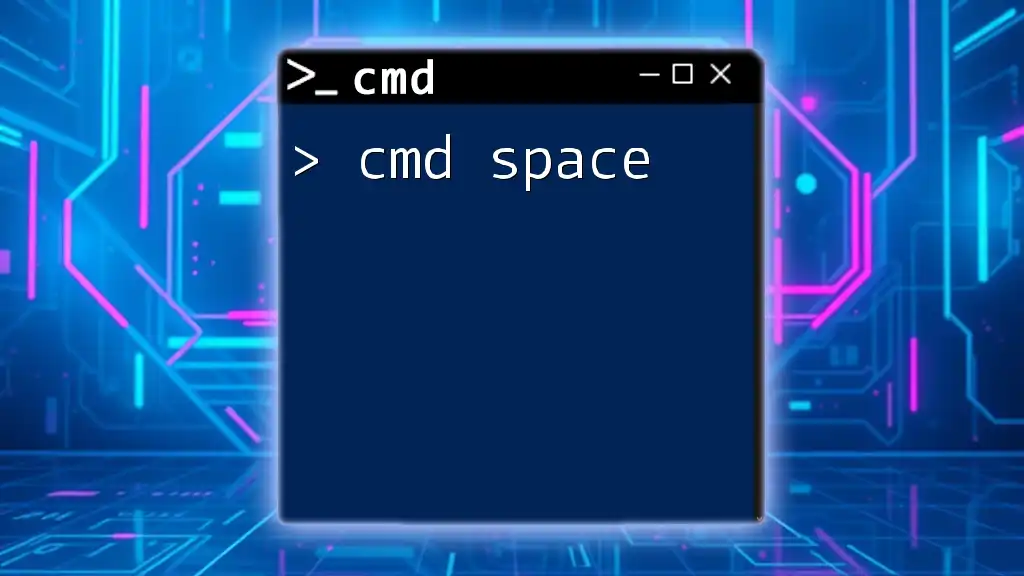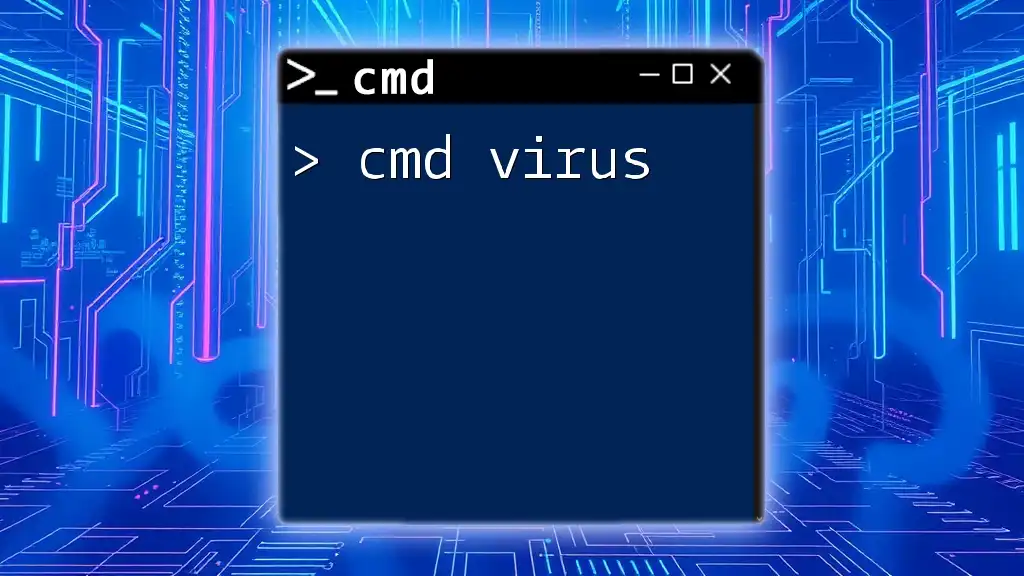The `sqlplus` command in the Command Line (cmd) interface is used to interact with Oracle Database by allowing users to connect and execute SQL queries directly from the terminal.
sqlplus username/password@database
What is SQL*Plus?
Definition
SQL*Plus is a powerful command-line tool that enables users to interact with Oracle databases effectively. It allows for the execution of SQL queries, PL/SQL blocks, and various administrative tasks, making it an essential utility for database administrators and developers alike.
Key Features
SQL*Plus stands out due to several core functionalities:
- Interactive Command Execution: Execute individual SQL commands and PL/SQL scripts in real-time.
- Batch Processing: Run pre-defined scripts for automated data processing and report generation.
- Database Administration: Perform administrative tasks such as user management, data retrieval, and schema modifications directly from the command line.
Use Cases
SQL*Plus is particularly beneficial in various scenarios, including but not limited to:
- Batch Jobs: Perfect for scheduling automated tasks such as data imports and exports.
- Quick Queries: Easily query databases for immediate results without the overhead of GUI tools.
- Script Execution: Efficiently run SQL scripts for database migrations and updates.
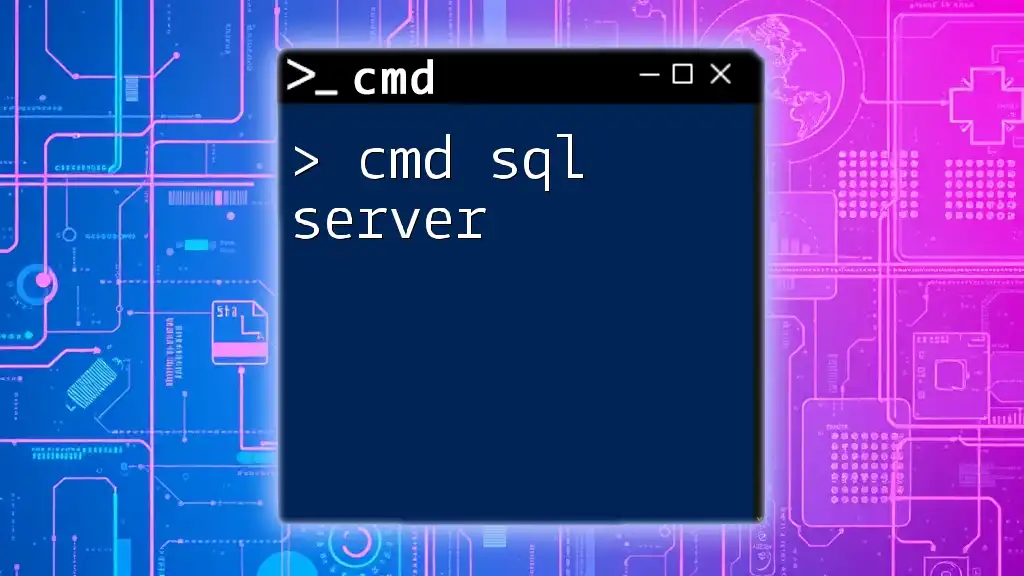
Setting Up SQL*Plus
Prerequisites
Before using SQL*Plus, ensure that you have the following software and hardware:
- Oracle Database: An instance of Oracle Database must be installed.
- Oracle Instant Client: Required for remote connections.
- Environment Variables: Properly configured ORACLE_HOME and PATH variables.
Installation Steps
To install SQL*Plus, follow these organized steps:
- Download Required Software: Navigate to the Oracle website and download the appropriate SQL*Plus package for your operating system (Windows, Linux, MacOS).
- Install the Software: Follow the installation instructions specific to your OS.
- Configure Environment Variables: Set up the necessary environment variables to ensure that SQL*Plus can locate your Oracle installation.
Example Code Snippet:
# Set environment variables (Linux)
export ORACLE_HOME=/path/to/oracle
export PATH=$ORACLE_HOME/bin:$PATH
Verifying Installation
After installation, it's crucial to check if SQL*Plus was set up correctly.
Example Command:
sqlplus -V
Running this command should display version information for SQL*Plus, confirming that the installation was successful.
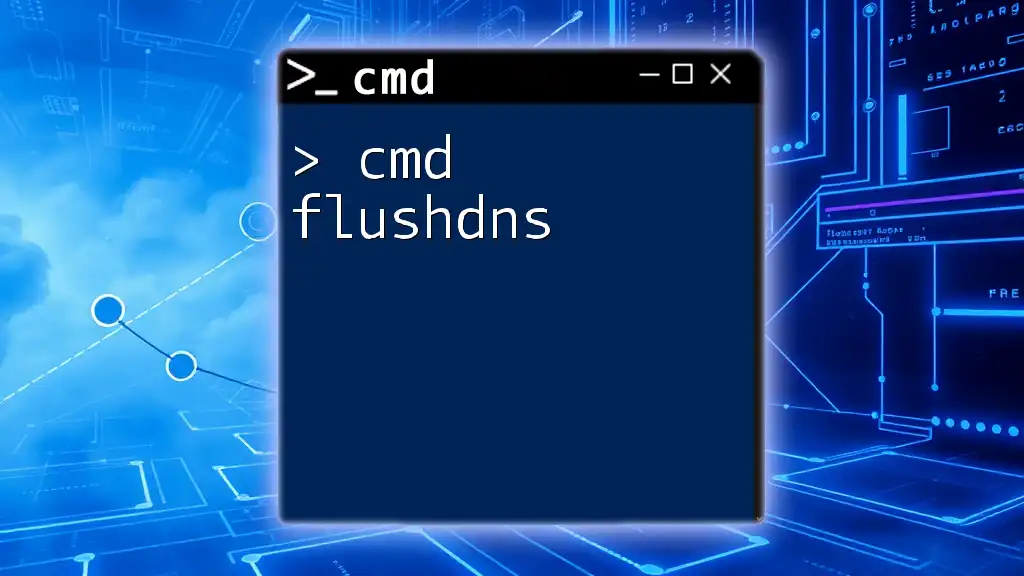
Basic Commands in SQL*Plus
Connecting to the Database
To begin using SQL*Plus, you must connect to your Oracle database. The typical syntax is:
Example Command:
sqlplus username/password@dbname
Replace `username`, `password`, and `dbname` with your actual database credentials.
Executing SQL Commands
Once connected, you can execute SQL commands directly. Here’s how it works:
Example Command:
SELECT * FROM employees;
This command retrieves all records from the `employees` table, showcasing SQL*Plus's ability to handle straightforward SQL operations.
Running Scripts
SQL*Plus allows you to execute SQL scripts saved in files. This is particularly useful for running complex queries or repetitive tasks.
Example Command:
@script.sql
This command tells SQL*Plus to run the commands contained in `script.sql`.
Exiting SQL*Plus
Properly exiting SQL*Plus helps release resources and close connections safely.
Example Command:
EXIT;
This command terminates your SQL*Plus session cleanly.
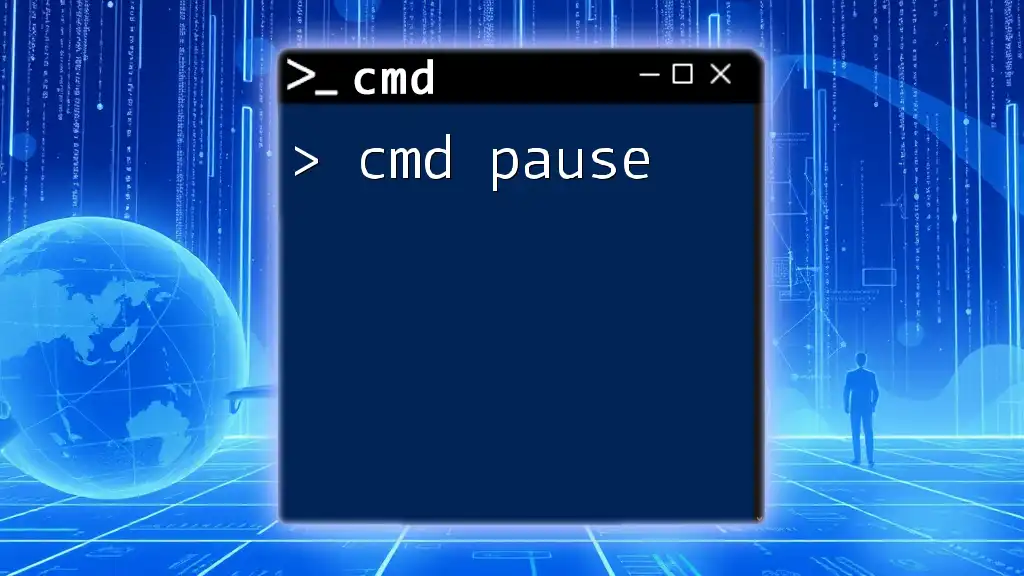
Advanced SQL*Plus Features
Using Variables
SQL*Plus supports variables that can enhance script interactivity. You can use substitution variables like `&` for single-time substitution or `&&` for persistent variables.
Example Command:
DEFINE salary = 2000;
SELECT * FROM employees WHERE salary > &salary;
In this example, the user is prompted to input a value for `salary` because of the `&` prefix.
Formatting Output
Readable output is vital for effective data analysis. SQL*Plus provides several formatting options to customize your command-line interface.
Example Command:
COLUMN employee_name FORMAT a20
SELECT employee_name, salary FROM employees;
This command formats the output so that the `employee_name` column displays a maximum of 20 characters, enhancing readability.
Creating and Running Scripts
Scripts are invaluable for executing multiple SQL commands at once. Creating a script in SQL*Plus is straightforward:
- Use a text editor to write your SQL commands.
- Save the file with a `.sql` extension.
Best Practices for Script Organization
- Comment your scripts for clarity.
- Organize scripts logically for reuse and maintenance.
Example Code Snippet:
-- my_script.sql
SET ECHO ON;
SELECT * FROM departments;
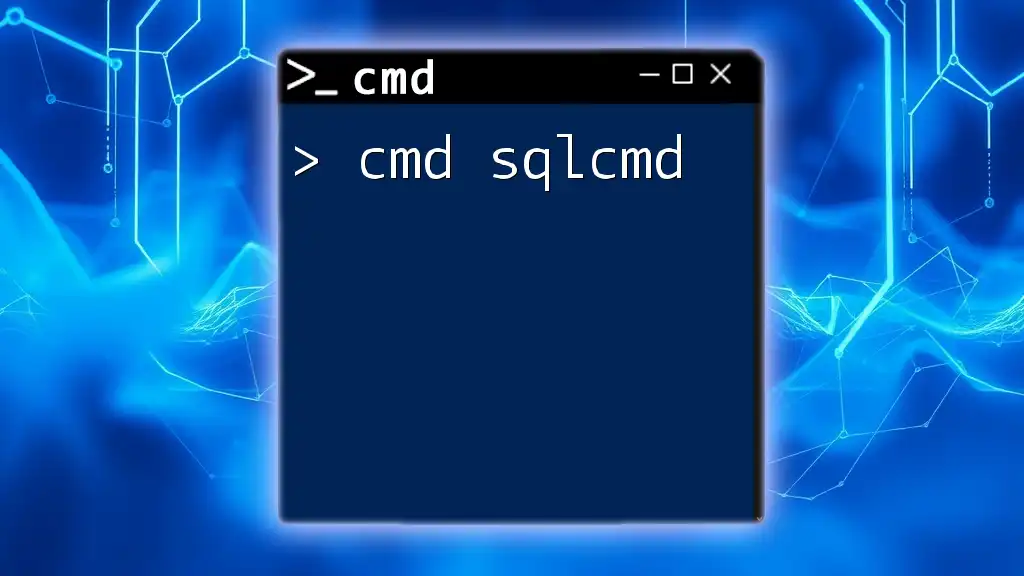
Error Handling in SQL*Plus
Common Errors
As with any software, SQL*Plus users may encounter errors. Some of the most frequent include:
- ORA-00942: Table or view does not exist
- ORA-12541: TNS:no listener
Understanding these errors is key to troubleshooting and maintaining efficient workflows.
Using the SQL*Plus Feedback
SQL*Plus provides feedback messages that help users identify issues. Understanding these messages can significantly ease debugging efforts.
Example Feedback:
ORA-00942: table or view does not exist
This error indicates a problem with the specified table, prompting users to verify their SQL statements or permissions.
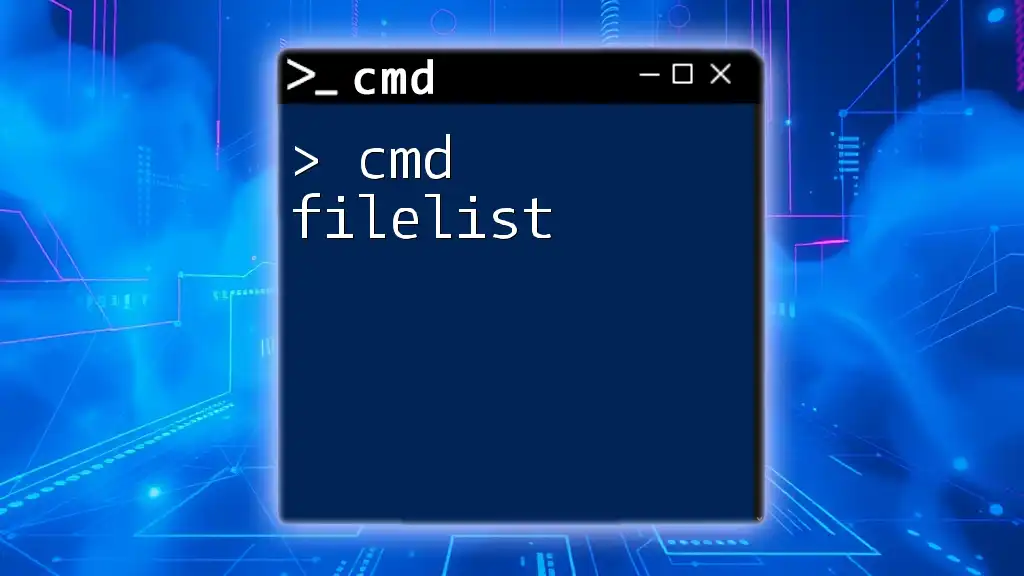
Best Practices for Using SQL*Plus
Efficiency is key when using SQL*Plus. Here are some best practices to enhance your workflow:
- Use Clear Naming Conventions: For variables and scripts, clear names facilitate understanding.
- Organize Your Environment: Define specific work environments using profiles for different kinds of tasks or projects.
- Maintain a Log of Scripts and Queries: This will help in revising past work and tracking changes over time.
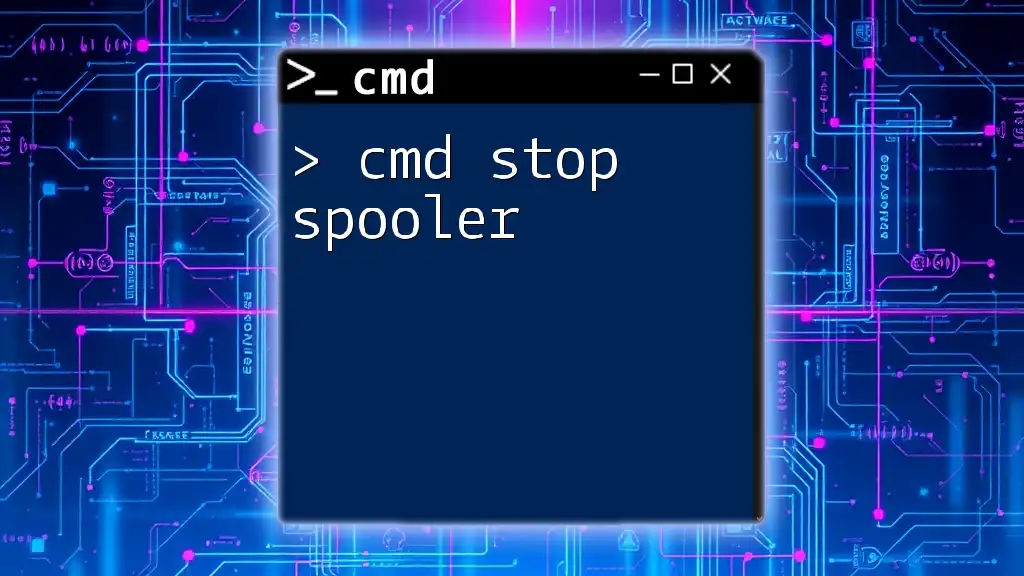
Conclusion
In summary, SQLPlus serves as an indispensable tool for managing Oracle databases through command-line interactions. With its robust features and functionalities, it allows users to execute commands quickly and efficiently. By adopting SQLPlus, you not only enhance your database management capabilities but also streamline routine tasks effectively.
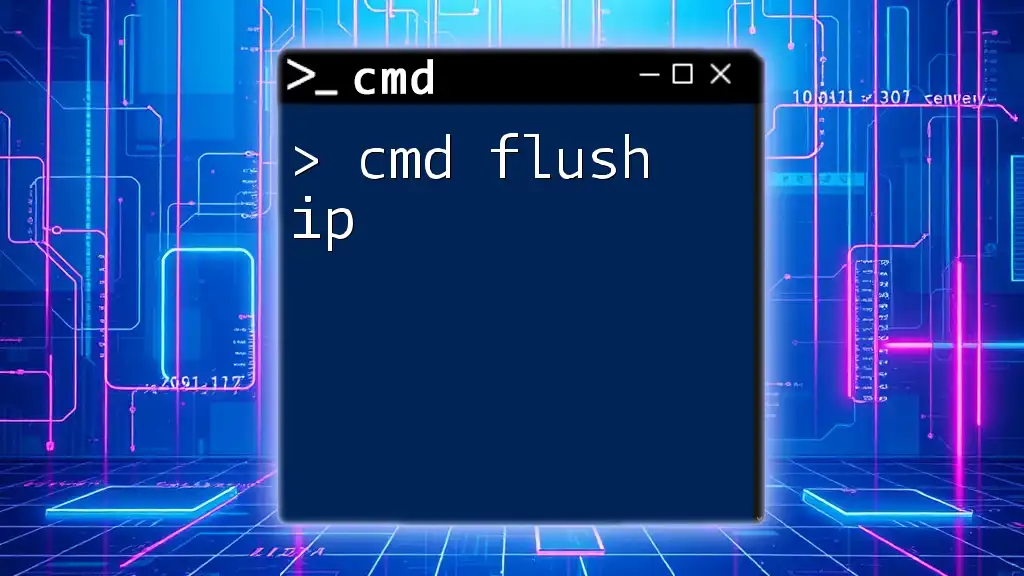
Additional Resources
Official Documentation
For a deeper dive, check out the [Oracle SQL*Plus Documentation](https://docs.oracle.com/en/database/oracle/oracle-database/19/sqlrf/index.html).
Recommended Books and Tutorials
Explore various resources for expanding your knowledge, such as:
- "Oracle SQL*Plus: The Definitive Guide" by Christopher Allen
- Online courses on platforms like Coursera and Udemy.

